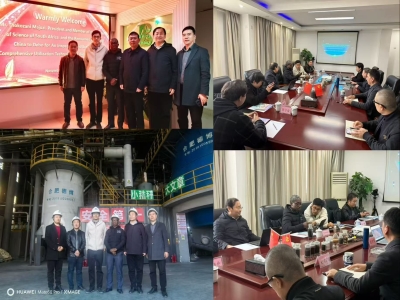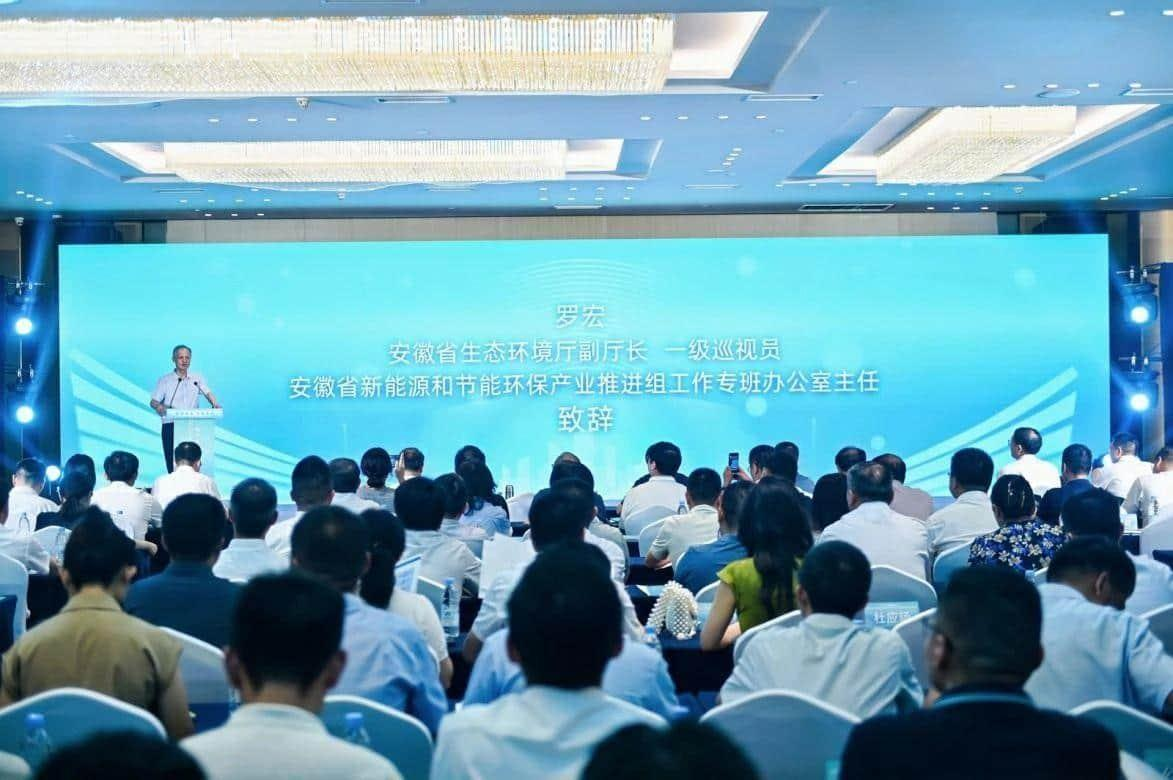Gasifier Safety Standards Every Manufacturer Must Follow
Gasifier Safety Standards: A Compliance Guide for Regulatory Bodies
Gasifiers convert biomass or fossil fuels into combustible gas (syngas) for energy production. These systems operate at high temperatures and pressures, creating safety risks. This guide explains key safety standards for design, operation, and regulation. It references IEA reports and NFPA 86 standards. The information helps safety inspectors enforce compliance.
Mechanical Integrity Standards
Materials and construction must meet strict requirements:
- Use ASTM A387 Grade 11 steel for temperatures above 800°C
- Follow ASME BPVC Section VIII Division 1 for pressure vessels
- Test all welds with 100% RT and UT inspections (ISO 5817 B-grade)
- Add 3mm extra wall thickness for sulfur-containing fuels
- Install dual safety interlocks with response under 200ms
Process Safety Controls
Monitor and manage these critical parameters:
- Keep oxygen concentration below 1% with redundant sensors
- Maintain temperature differences under 50°C across the bed
- Follow NFPA 86 Class A for startup (3-volume purge before ignition)
- Install SIL3 emergency shutdown systems (response <1 second)
Operator Safety Protocols
Protect workers with these measures:
- 40-hour OSHA 1910.119 training for all operators
- EN 11612 flame-resistant clothing and air-supplied respirators
- Double LOTO procedures for confined space entry
- ANSI/ISEA 107-2015 high-visibility escape route signs
Emission and Environmental Rules
Meet these pollution control standards:
- Bag filters must catch 99.97% of particles (EPA Method 5)
- Keep wastewater COD below 100mg/L with activated carbon
- Gasifier Safety Standards Every Manufacturer Must Follow
Introduction
Gasifiers convert biomass or fossil fuels into combustible gas (syngas) for energy production. These systems operate at high temperatures and pressures, creating inherent risks. This article explains key safety standards manufacturers must follow, covering design, operation, and regulations. It references IEA technical reports and NFPA 86 standards to provide a compliance framework.
Mechanical Integrity Standards
1. Material Selection: Use ASTM A387 Grade 11 steel to withstand temperatures above 800°C.
2. Pressure Vessels: Follow ASME BPVC Section VIII Division 1 design rules. Burst discs must exceed maximum pressure by 25%.
3. Weld Testing: Perform 100% RT and UT inspections meeting ISO 5817 Grade B.
4. Corrosion Protection: Add 3mm extra wall thickness for sulfur-containing fuels.
5. Safety Interlocks: Install dual redundant pressure-temperature-flow systems with response under 200ms.
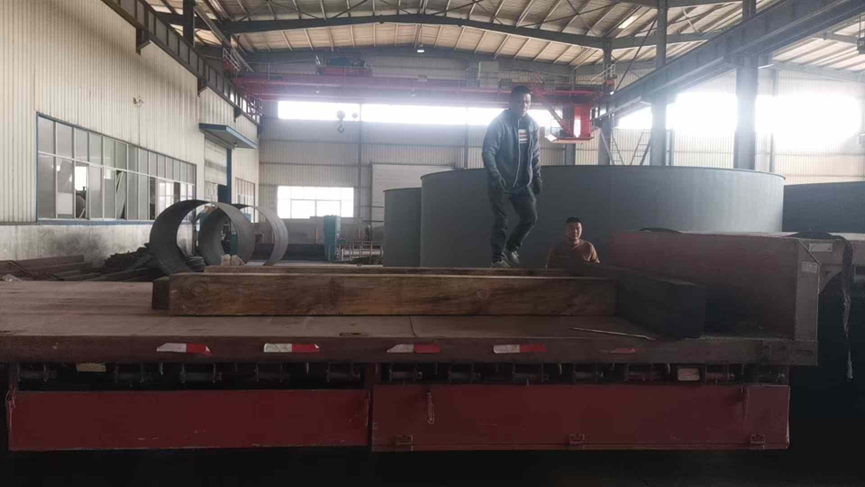
Process Safety Controls
1. Gas Monitoring: Use online mass spectrometers to track CO/H2 ratios. Shut down if levels vary by ±5%.
2. Oxygen Control: Redundant zirconia sensors keep oxygen below 1% by volume.
3. Temperature Management: Space thermocouples ≤50cm apart. Limit bed temperature differences to <50°C.
4. Tar Handling: Install two-stage condensers with automatic cleaning (US Patent US2018/0155561A1).
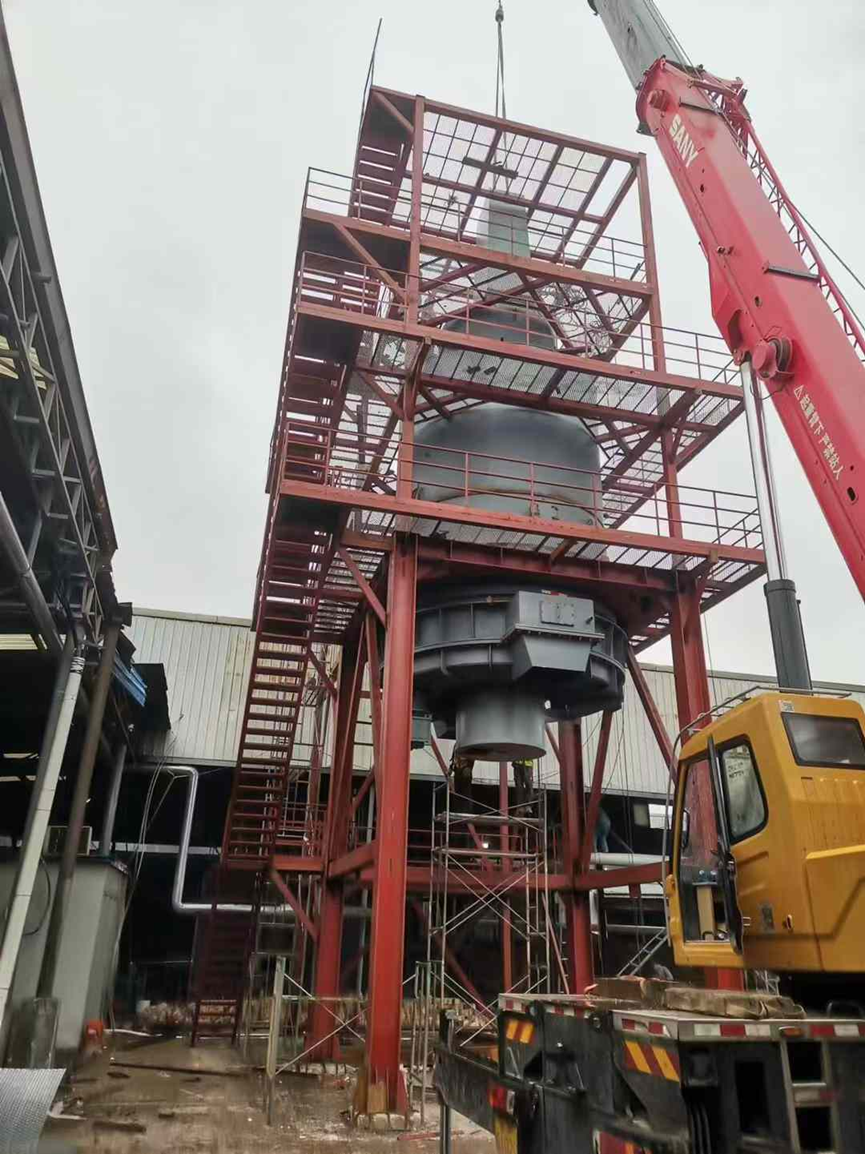
Operator Safety Protocols
1. Training: Require 40-hour OSHA 1910.119 certified training.
2. Protective Gear: Provide EN 11612 flame-resistant suits and air-supplied respirators.
3. Confined Spaces: Use lockout-tagout (LOTO) procedures with continuous gas monitoring.
4. Hot Work: Follow AWS F4.1 permits with fire watchers present.
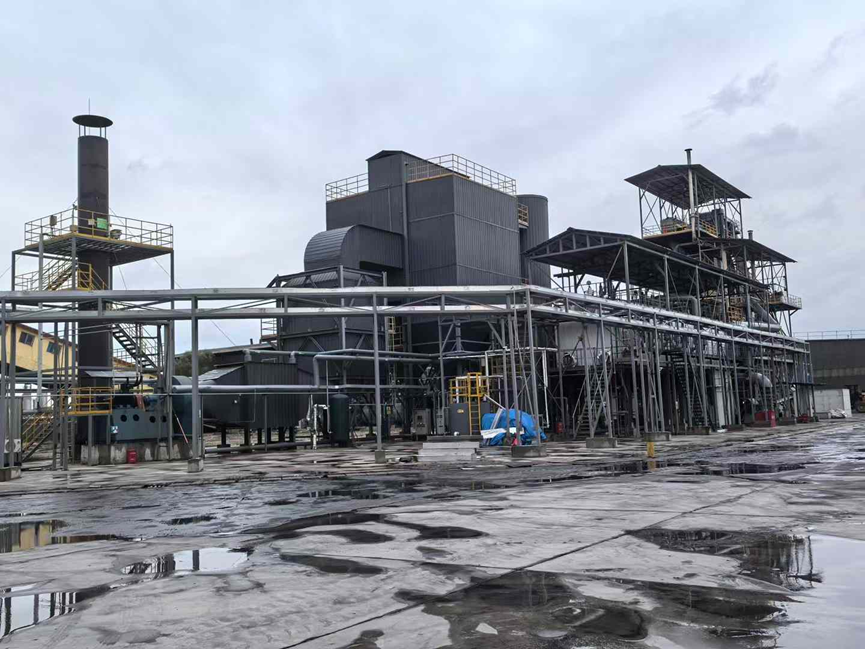
Emissions and Environmental Compliance
1. Particulate Control: Bag filters must capture ≥99.97% particles (EPA Method 5).
2. Wastewater: Treat tar water with activated carbon to achieve COD <100mg/L.
3. Noise Limits: Keep site noise ≤85dB(A) per ISO 3744.
4. Dioxin Prevention: Maintain secondary chambers at ≥1100°C for 2 seconds.
Documentation and Certifications
1. Technical Files: Include FMEA reports, HAZOP studies, and QRA calculations.
2. Third-Party Approval: Obtain TÜV Rheinland SIL and CE/PED certifications.
3. Inspection Plans: Follow API 510 for annual thickness measurements.
4. Material Tracking: Keep EN 10204 3.1 certificates for all pressure parts.
Emerging Standards
1. Hydrogen Compatibility: Update materials for 20% hydrogen blends (ISO 19880-3:2018).
2. Digital Twins: Implement real-time monitoring per IEC 63278.
3. Modular Design: Meet ASME PCC-2-2018 for prefabricated systems.
4. Carbon Capture: Allow 30% extra capacity for future BECCS upgrades.
